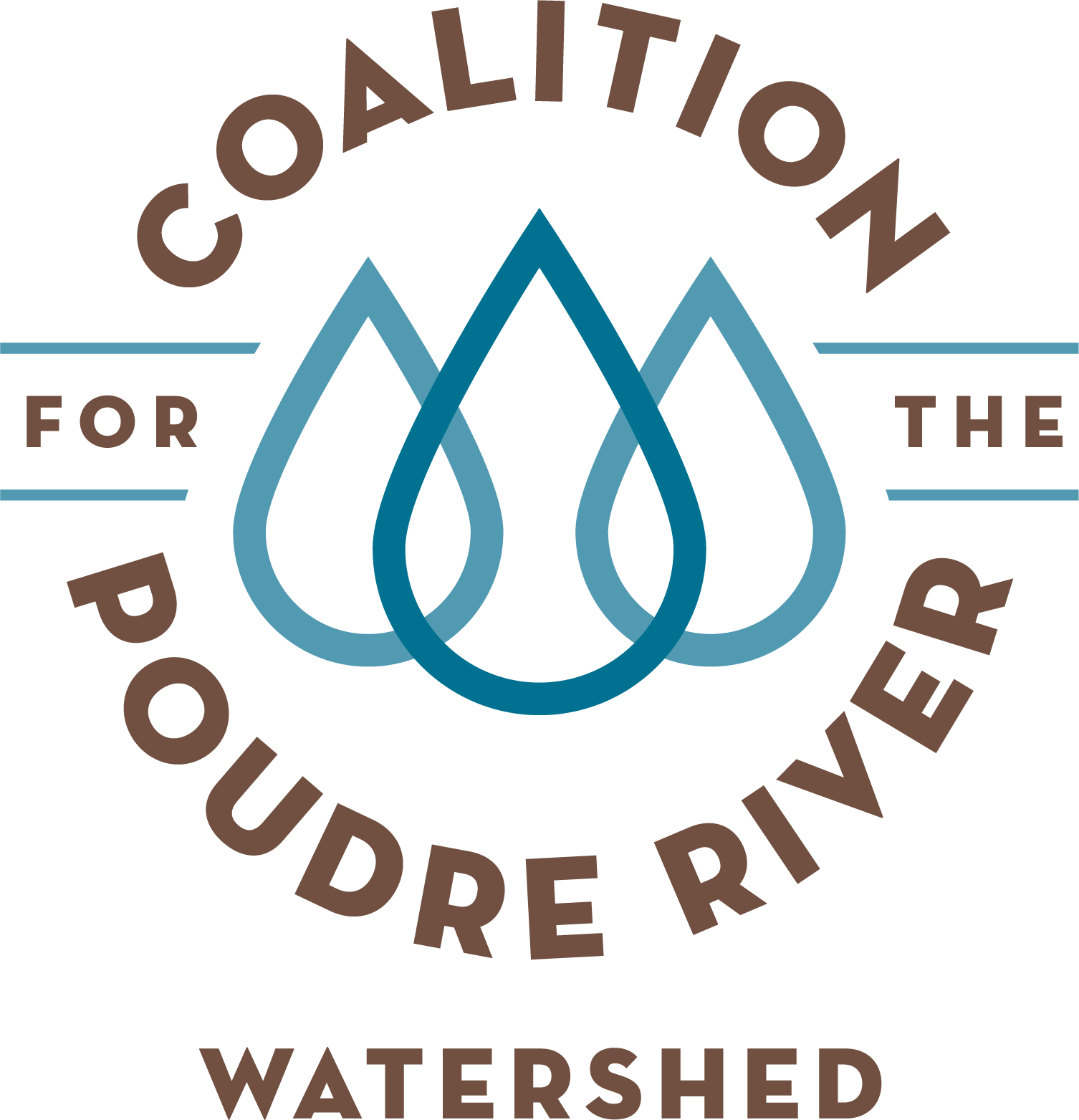The Cameron Peak Fire: Facts and Impacts
On August 13, 2020, the Cameron Peak Fire (CPF) ignited in the Upper Poudre River Watershed near Cameron Pass between Cameron Peak and Chambers Lake within the Roosevelt National Forest. Over the course of 112 days the fire burned 208,913 acres, becoming the largest wildfire in Colorado’s recorded history. The cause of the fire remains under investigation.
Final burn map of the Cameron Peak Fire (Source: USFS, https://inciweb.nwcg.gov/incident/maps/6964/)
The Poudre River flows through the heart of many Northern Colorado communities. It connects our towns and provides the foundation for all that we love about this place we call home. It is where families go to relax and play, it is where we fish, swim, and float. We drink it from our taps and in our beer glasses. It drives our economy and identity. The river is life. Wildfires like the Cameron Peak Fire continue to threaten all these values long after firefighters put out the flames.
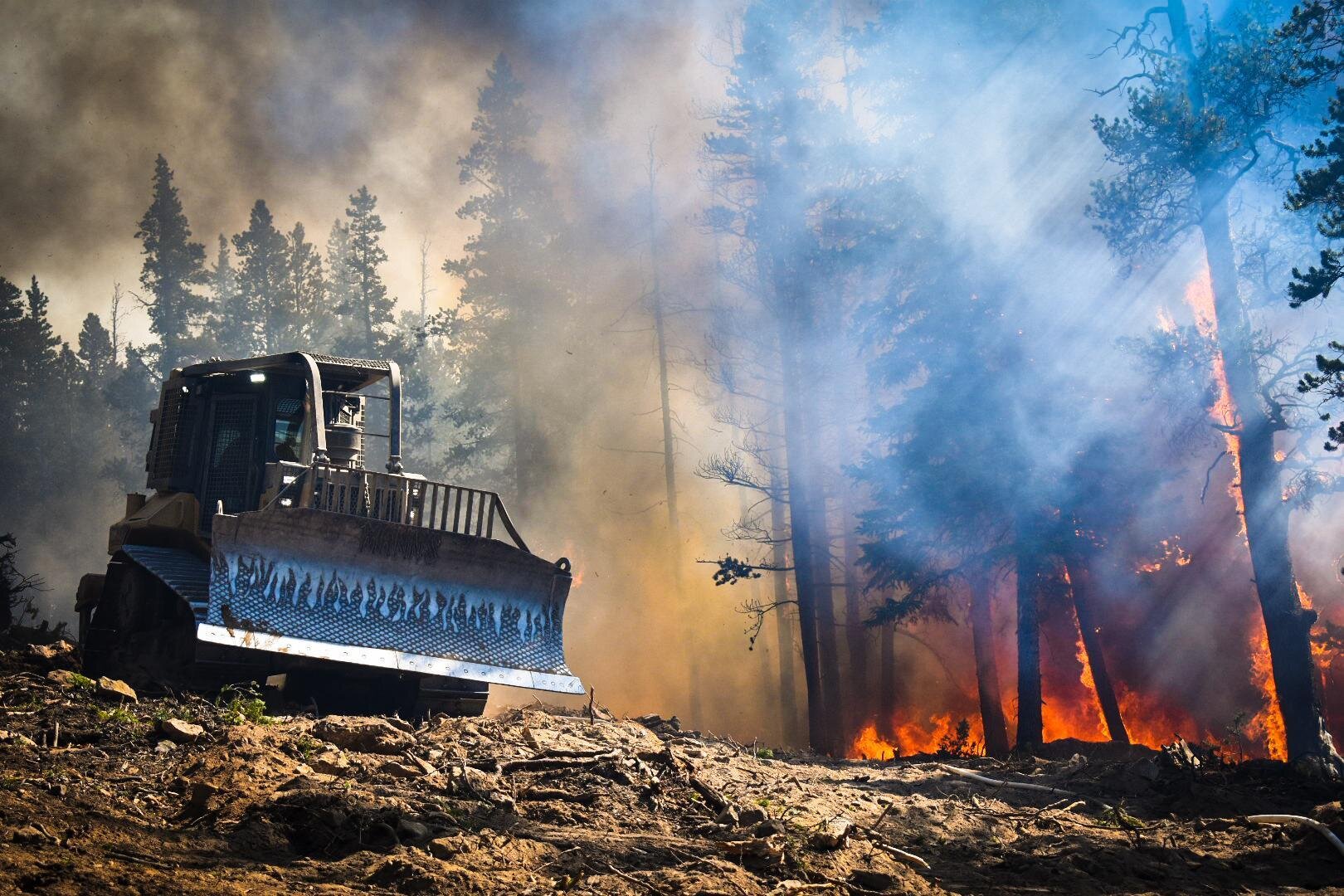
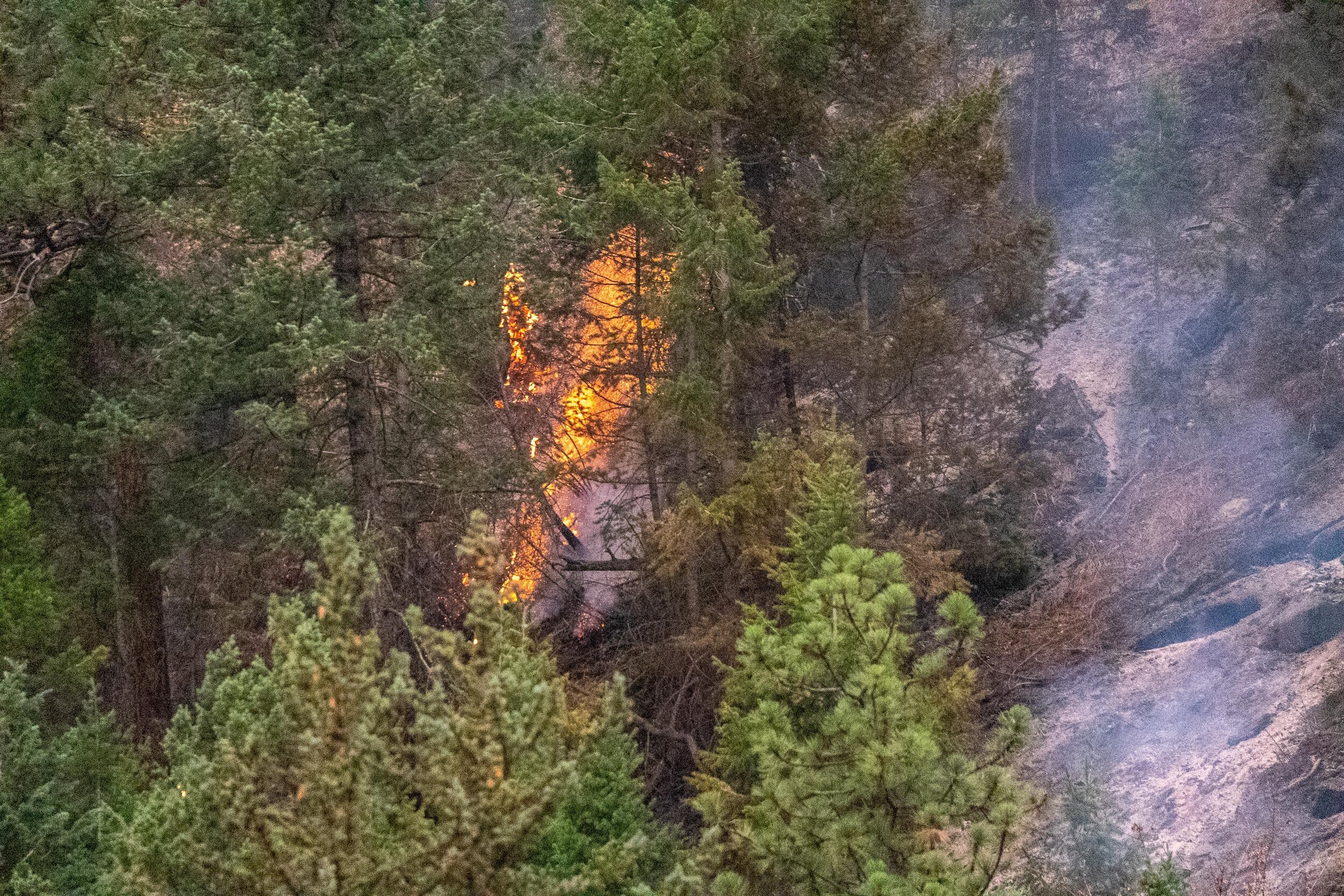
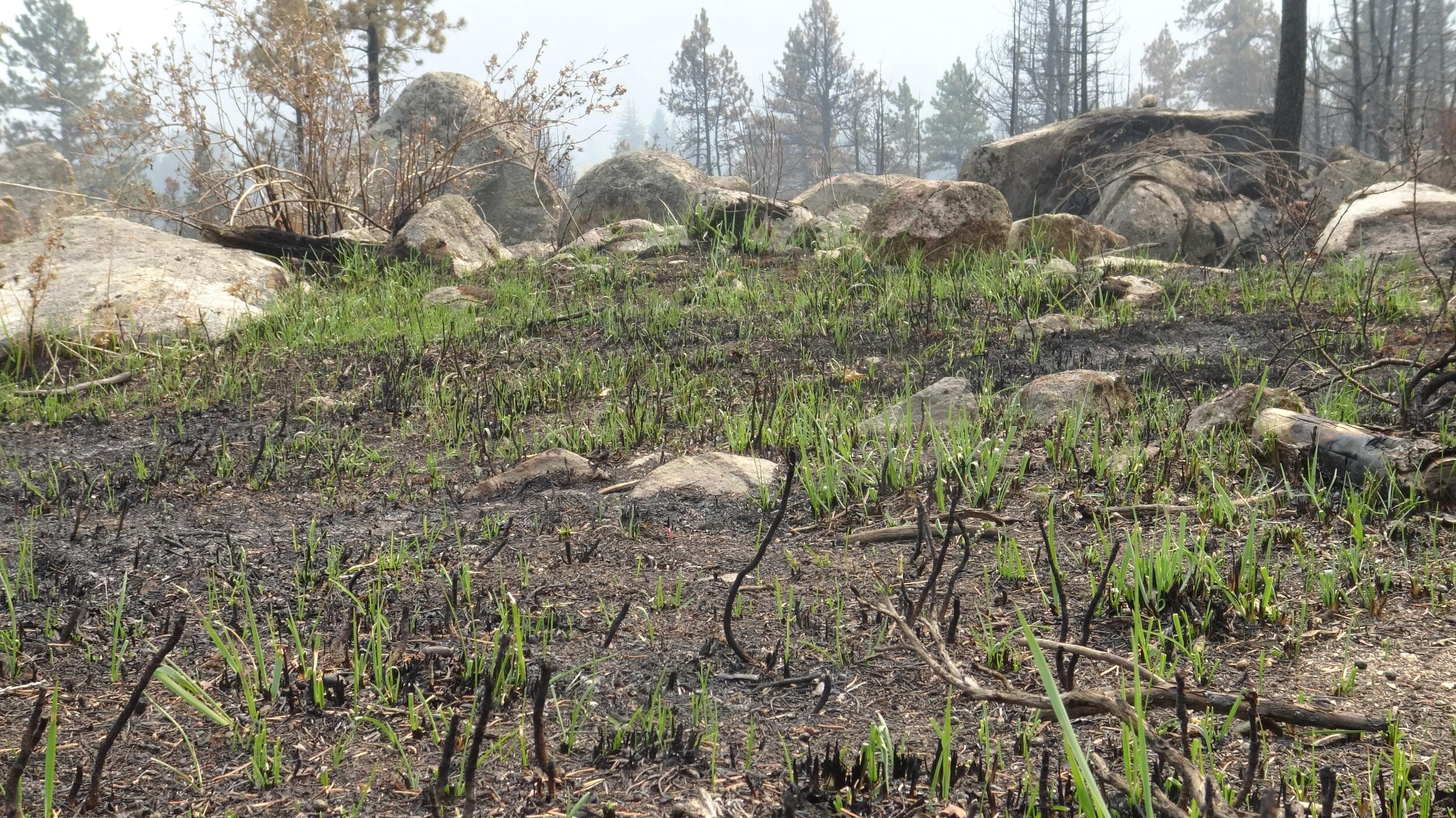
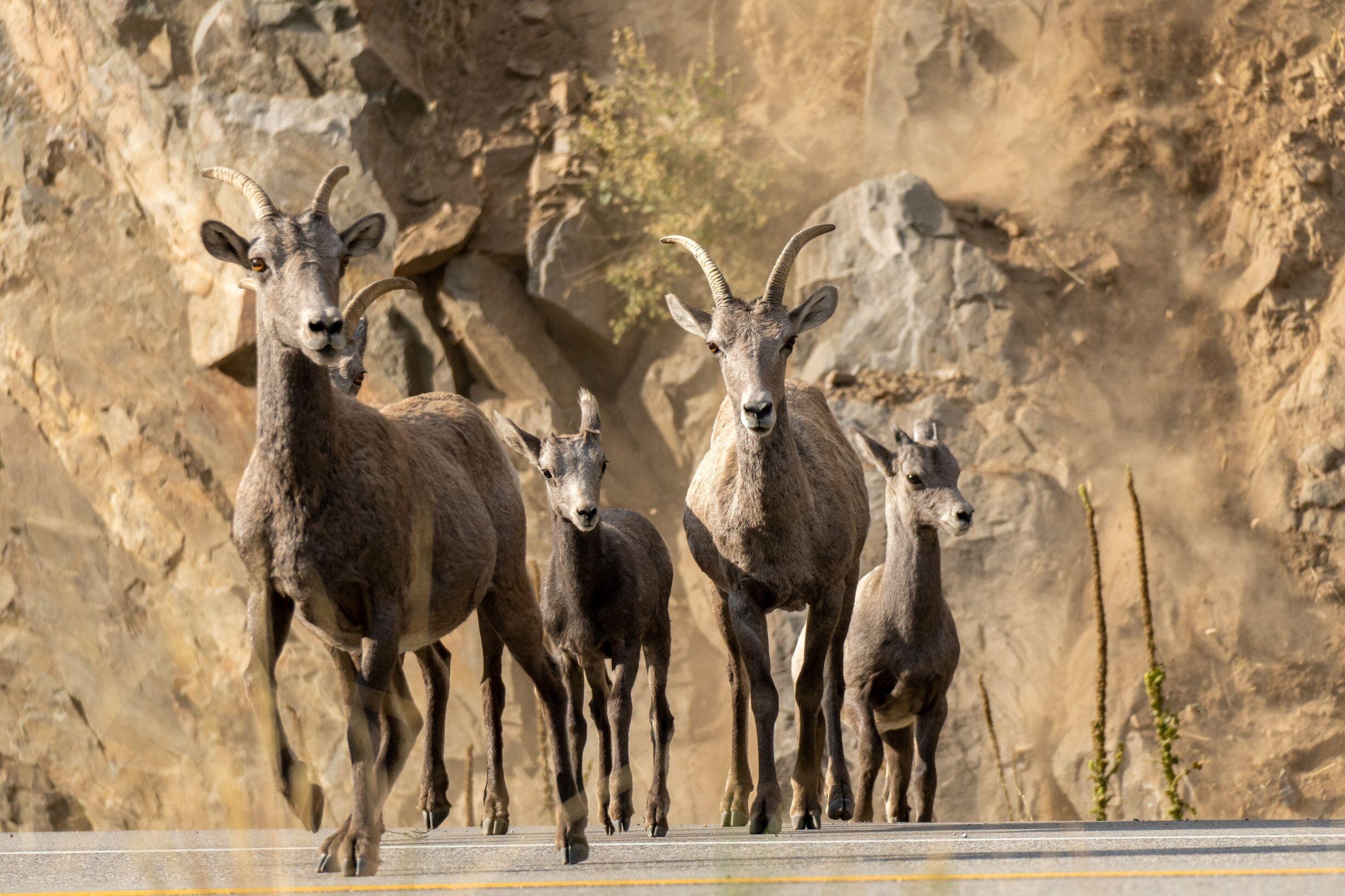

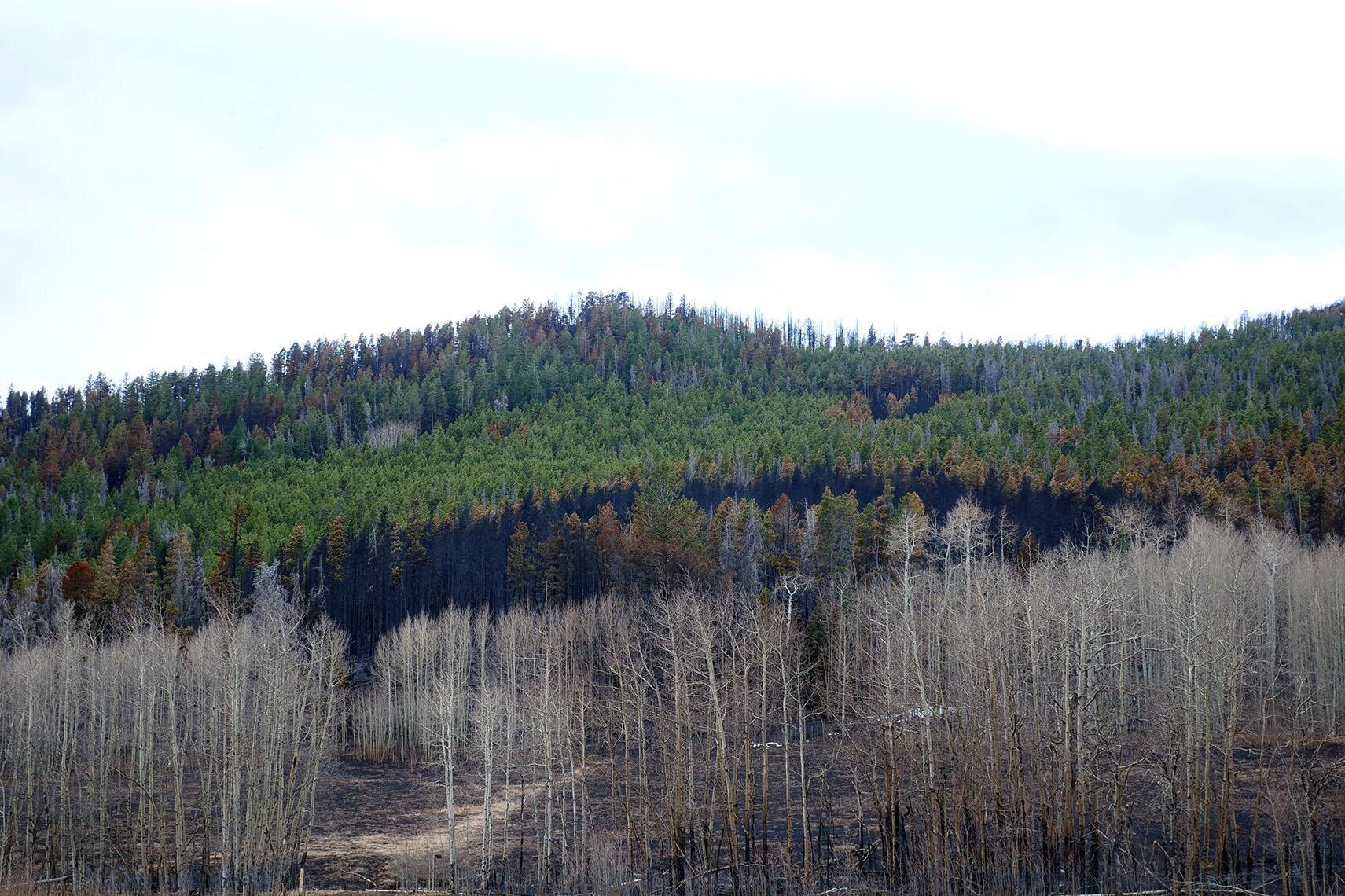
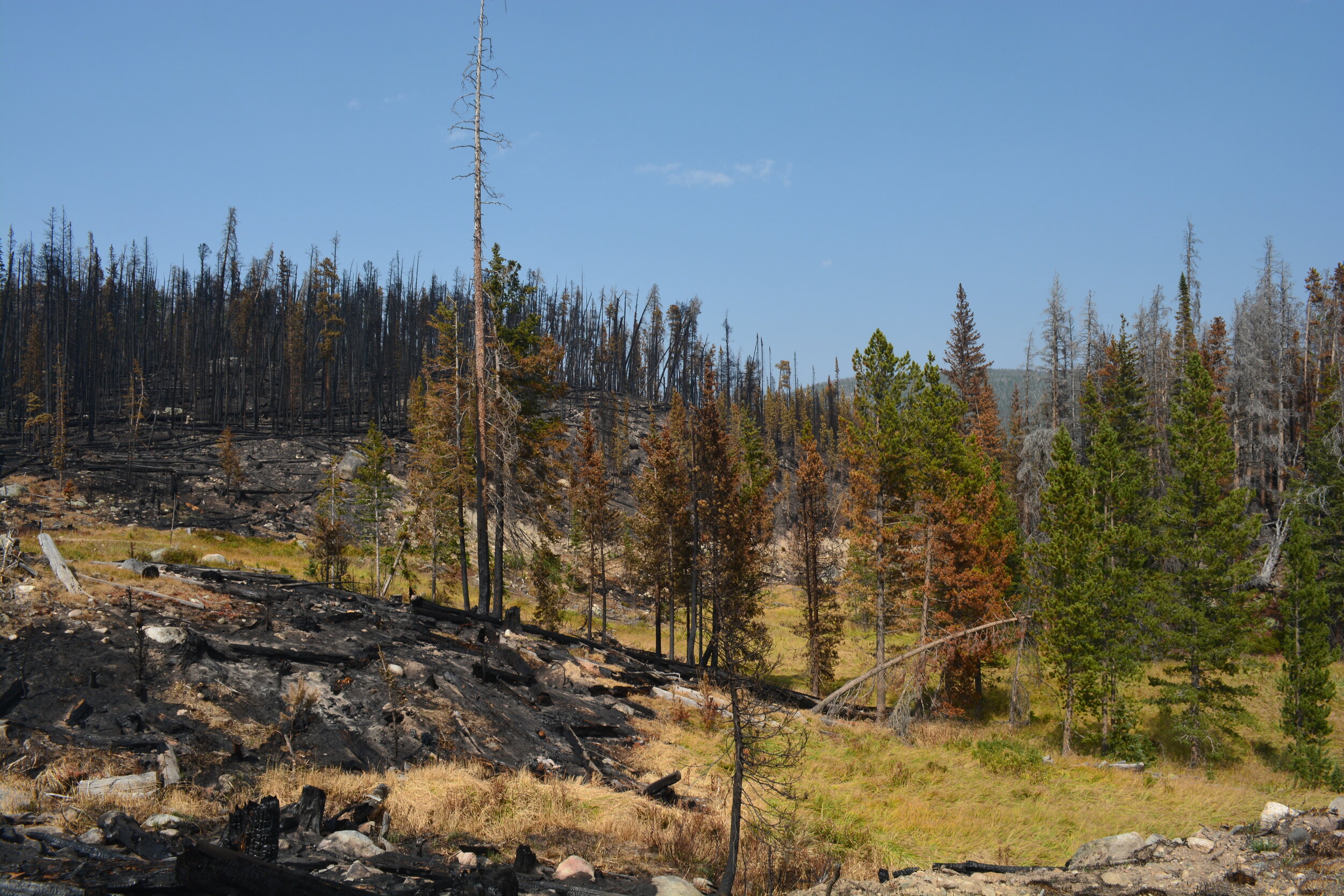
Cameron Peak Fire Impacts:
325 mile long fire perimeter
Over 1,050 river miles (596 mi are in the Poudre watershed)
124 trail miles (95 mi in the Poudre watershed)
Over 41,700 acres of designated Wilderness Areas burned
32 miles of Wild and Scenic river corridor burned
Three watersheds affected - Poudre, Big Thompson & Laramie
At least five reservoirs that store and deliver water to the Front Range for agriculture and drinking water needs
At least 16 mountain communities and neighborhoods in the burn area or immediately adjacent to it have been affected
461 structures destroyed
Fire is a natural and important part of our forested ecosystems, but wildfires like the Cameron Peak Fire are burning at greater severity, over larger areas, and for longer durations than they have in the past. CPRW and our partners are working hard to restore our forests to increased resilience, so that when fires burn, they do the good they used to do, rather than having the negative impacts that we've seen with the High Park Fire and now with the Cameron Peak Fire.
“If there’s one silver lining, it’s that we have really strong collaborations in this watershed. That will really serve as a foundation to pick up the pieces from this particular wildfire and do what we can to have better outcomes for our communities and for the watershed.”
– Jen Kovecses, Executive Director, Coalition for the Poudre River Watershed
Our hearts go out to all the community members that were negatively impacted by this fire. We are also very grateful to all of the fire fighters and first responders that worked tirelessly to contain this massive fire. CPRW and its partners will work together to help ensure the best possible post-fire outcomes for the Poudre, helping to ensure a healthy river and clean water for everyone. Stay tuned for our next blog in this series – “The Cameron Peak Fire: CPRW’s Role in Wildfire Recovery.”
